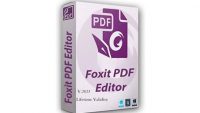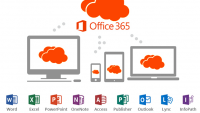Table of Contents
Microsoft Office 2010 professional overview
In the summer of 2010, Microsoft released MS Office 2010, which featured not only updated versions of all of its award-winning productivity apps like Word, Excel, or PowerPoint but also online-oriented addons that allowed users from all over the world to directly collaborate in the creation of new documents. This significant improvement over earlier versions of Office was made possible by lessons learned by Microsoft Corp. designers while making Office 2007. That version debuted to the public the new graphical user interface (Fluent User Interface), as well as several tools and collaborative capabilities. A new edition of this productivity suite, built on the foundation of Office 2007, has become one of the most lauded suites for document production, collaborative management, and workflow optimization.
The suite includes the following applications:
- Microsoft Word 2010: A word processor used to create and edit documents, including letters, reports, and manuals.
- Microsoft Excel 2010: A spreadsheet application used to analyze data and create charts and graphs.
- Microsoft PowerPoint 2010: A presentation application used to create slide shows, presentations, and multimedia projects.
- Microsoft Outlook 2010: A personal information manager used to manage email, contacts, and appointments.
- Microsoft Access 2010: A database management system used to create and manage databases.
- Microsoft Publisher 2010: A desktop publishing application used to create professional-looking publications, such as newsletters and brochures.
- Microsoft OneNote 2010: A digital note-taking application used to organize and share notes, ideas, and information.
In addition to these core applications, Microsoft Office 2010 Professional includes a number of other features and tools, such as the ability to collaborate on documents in real time, improved security features, and enhanced multimedia capabilities.
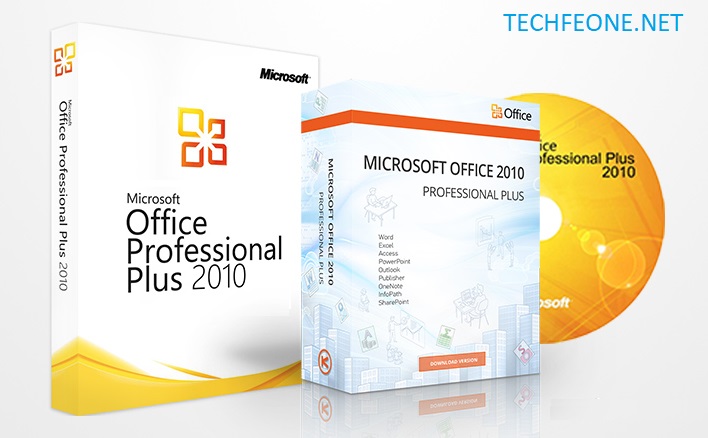
Users of Office 2010 will notice the following changes right away: an enhanced user interface (finally, all Office applications have customizable ribbons), increased speed, a mode that allows multiple users to edit the same document at once, a streamlined Outlook search, enhanced picture editing tools, a security-focused sandbox mode called Protected View, an increase in the number of file formats supported, a redesigned Backstage view, and seamless integration with cloud storage and sharing services. Office Online, a set of free web-based versions of Word, Excel, OneNote, and PowerPoint, was also introduced alongside Office 2010’s release.
Microsoft Office 2010 has added a lot of new features over Office 2007. The new features that have been added to Microsoft Office will make it simpler and more convenient for users to perform tasks such as editing text, designing presentations, managing email, and so on. If you are a student or a person who works in an office, then you really must not skip out on this Office 2010.
What’s New in Office 2010
The File Menu is Back
In Office 2007, the Microsoft Office button took the place of the File menu. The Microsoft Office button in Office 2010 is called the File tab. When you click on File, you’ll go to the Backstage View.
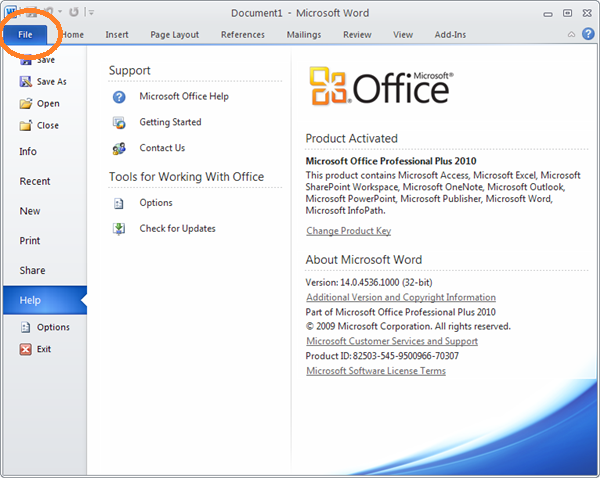
Backstage View
The Backstage View is where you create, save, check for hidden metadata or personal information, and set options for your files and the information about them. It is, in short, everything you do to a file that you don’t do in the file itself. The Backstage view lets you hide your current document and do other things with files.
Some commands in the Backstage view work the same way as they did in older versions: You can save, save as, open, and close files.
Other tabs have been added or changed:
Information, Recent, New, Print, Save and Send, Help, and Options.
Customizing the Ribbon
The Ribbon in Office 2010 can now be changed in any way you want. You can not only add icons to a group, but you can also make new Tabs.
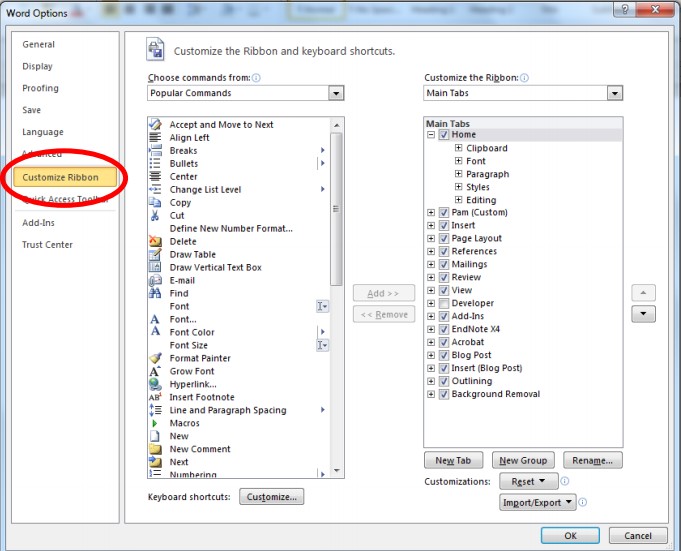
Improved Picture Tools
New Artistic Effects
With Word 2010, you can now add sophisticated “artistic” effects to your picture to make it look more like a sketch, drawing, or painting. It’s a simple way to improve your photos without having to use other photo-editing software. Some of the 20 new artistic effects are Pencil Sketch, Line Drawing, Watercolor Sponge, Mosaic Bubbles, Glass, Pastels Smooth, Plastic Wrap, Photocopy, and Paint Strokes.

The navigation pane has a group of features that work together to help you move around in your document, look for content, and change the structure and order of headings.
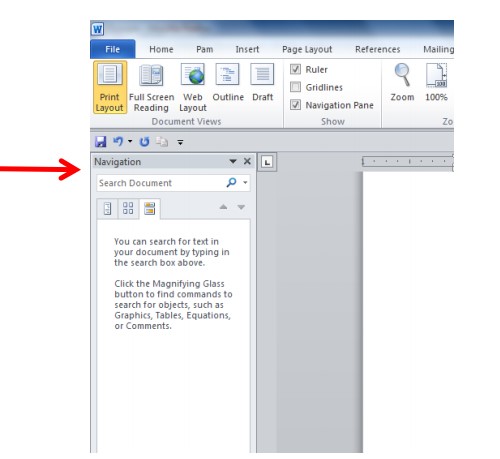
System Requirements
Microsoft Office 2010 is the new version of Microsoft Office 2007. Office 2010 SP2, which came out in 2013, is its last stable version. Office 2010 from Microsoft comes in both 32-bit and 64-bit versions.
Both versions can run on Windows 11, Windows 10, Windows 8, Windows 7, Windows Server 2008, and Windows Vista Service Pack 1. Windows Server 2003 R2 and Windows XP Service Pack 3 can only run the 32-bit version.
The minimum system requirements for Microsoft Office 2010 are as follows:
- Processor: 500 MHz or higher
- Memory: 256 MB of RAM or higher
- Hard disk: 3.0 GB of available disk space
- Display: 1024 x 576 resolution or higher
- Operating System: Windows XP with Service Pack 3 (SP3) (32-bit), Windows Vista with Service Pack 1 (SP1), Windows Server 2003 with Service Pack 2 (SP2) and MSXML 6.0 (32-bit Office only), Windows Server 2008, or later 32-bit or 64-bit OS.
- Graphics: Graphics hardware acceleration requires a DirectX 9.0c graphics card with 64 MB or more video memory.
Download Microsoft Office 2010 Free
Microsoft Office 2010 is available for free, with no further strings attached, through the rapid download services provided by Techfeone.net. With one click on the “Download Now” button, you can start the Free Download.
Office 2010 professional plus 32-bit (x86)
Office 2010 professional plus 64-bit (x64)
Pass: techfeone.net
Note:
- Whenever a password is required for a packed file, it is always Techfeone.net
See more versions:
How to Install Microsoft Office 2010 for PC
Method 1: Use the product keys —->download here<—-
Step 1: Click Run SETUP.EXE
Step 2: Enter the product key, which is 25 characters long, and then click the <Continue> button.
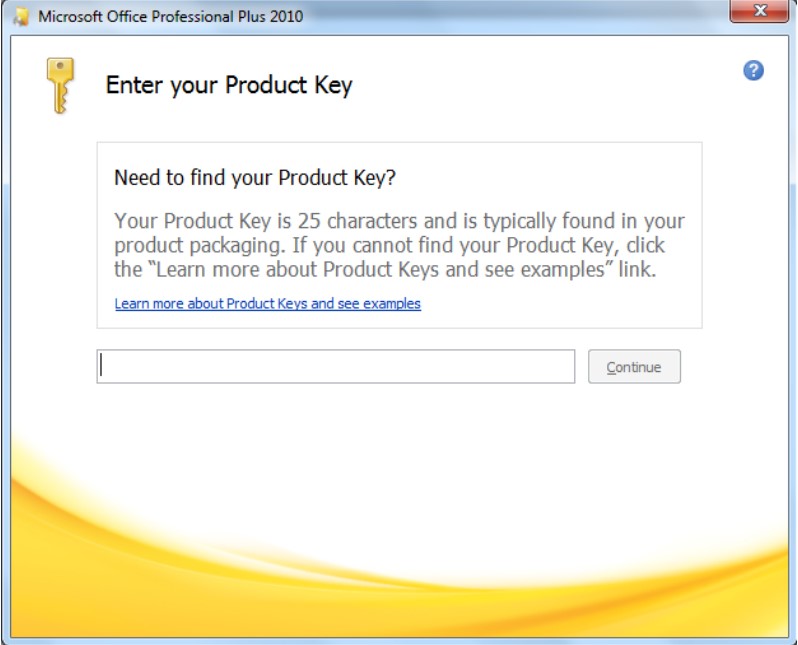
Step 3: Check the “I accept the terms of this agreement” box, and click the Continue button.
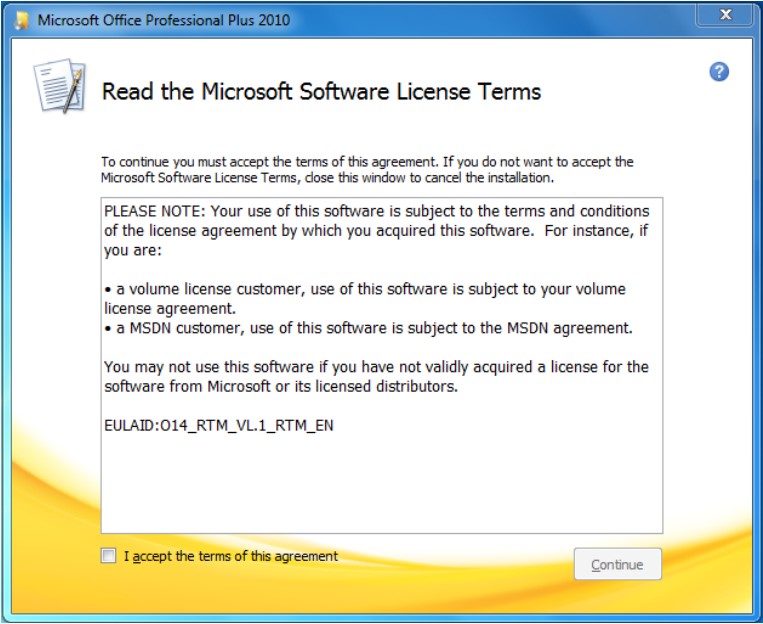
Step 4: Here, you have two options: Install Now or Customize. When you click the Install Now button, the installation of Office 2010 on your Windows disk will begin immediately.
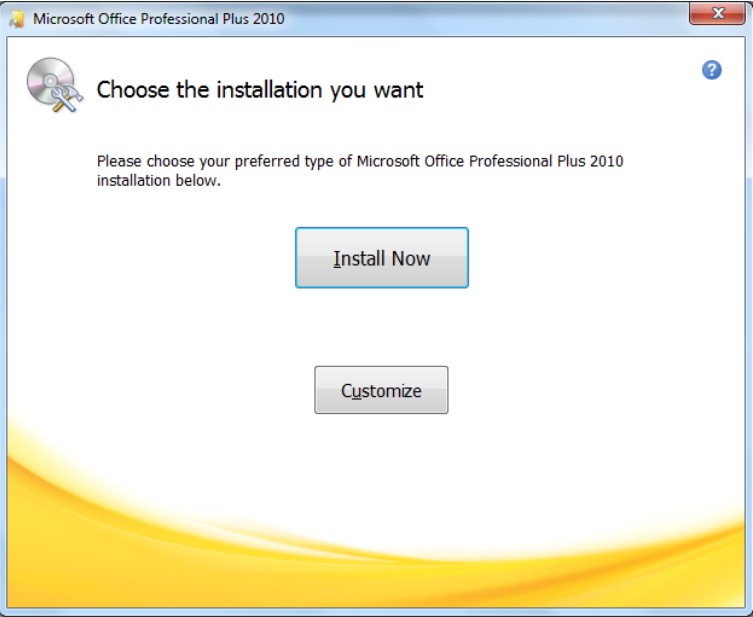
Step 5: Everything is complete and you are now able to access Microsoft Office
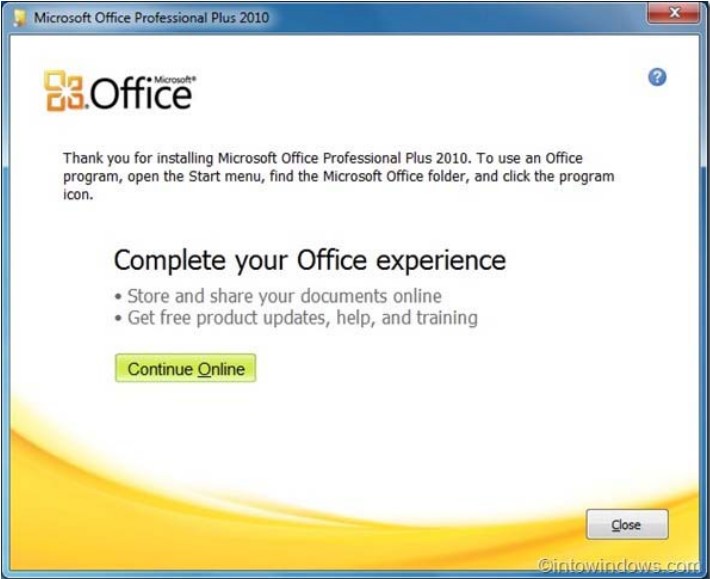
Method 2: Use the Toolkit —->download here<—-
After the installation is complete, don’t start Office 2010 now.
– Access to directory Office2010Toolkit2.2.1
– Run Office 2010 Toolkit -> EZ-Activator -> wait till it’s done!


